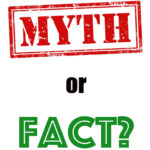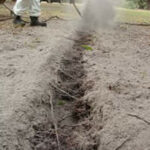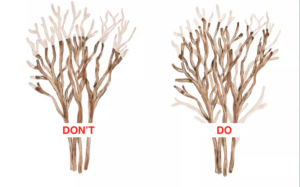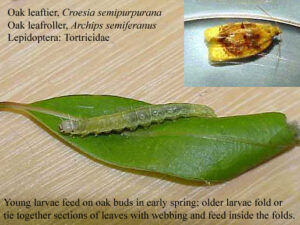Ganoderma: How To Treat It?
 Ganoderma, also known as Ganoderma butt rot or Ganoderma root rot, is a fungal disease that affects trees’ roots and base. It leads to decay, decline, and eventual death of the tree. Unfortunately, there is no known cure for Ganoderma once a tree is infected. However, there are steps you can take to manage the disease and minimize its impact. Here are some general guidelines:
Ganoderma, also known as Ganoderma butt rot or Ganoderma root rot, is a fungal disease that affects trees’ roots and base. It leads to decay, decline, and eventual death of the tree. Unfortunately, there is no known cure for Ganoderma once a tree is infected. However, there are steps you can take to manage the disease and minimize its impact. Here are some general guidelines:
Consult an Arborist: It is recommended to consult with a professional arborist or tree care specialist who can assess the severity of the Ganoderma infection and provide specific recommendations based on the tree species, its condition, and the extent of decay.
Tree Removal: In many cases, Ganoderma indicates significant internal decay and compromised tree structure. Removing the infected tree may be necessary to prevent hazards or the disease’s spread to nearby trees.
Monitor Other Trees: Ganoderma can spread through root-to-root contact or spores. It is essential to monitor nearby trees for signs of infection. Regularly inspect the base of trees for the presence of conks (shelf-like structures) or other symptoms associated with Ganoderma.
Promote Tree Health: Maintain overall tree health to reduce infection risk and minimize Ganoderma’s impact. Ensure proper watering, nutrients, and a healthy soil environment. Mulching around the tree can improve soil moisture and reduce stress.
Avoid Wounds and Injuries: Minimize any injuries or wounds to the tree, such as pruning cuts or mechanical damage, as these can provide entry points for Ganoderma spores or accelerate decay.
Manage Surrounding Vegetation: Remove any dead or decaying wood, stumps, or organic debris around the infected tree. These materials can serve as a source of spores and promote the spread of the disease.
Tree Replacement: If a tree is removed due to Ganoderma infection, consider replanting with tree species that are resistant or less susceptible to the disease. Consulting with an arborist can help in selecting appropriate tree species for the site.
Remember, Ganoderma is a serious disease, and its management is challenging. The primary focus should be on preventing the spread of the disease to healthy trees and maintaining overall tree health through proper care and monitoring. Consulting with a qualified arborist is crucial to assess the situation accurately and determine the best course of action for managing Ganoderma on your property.




